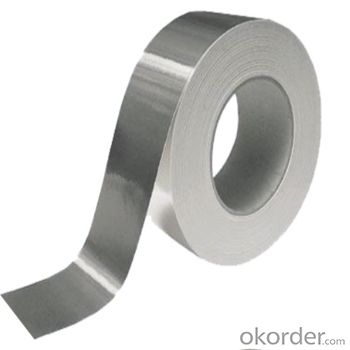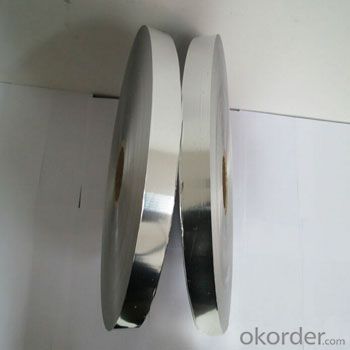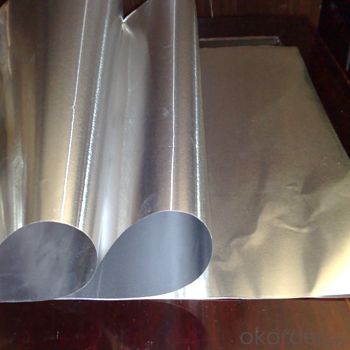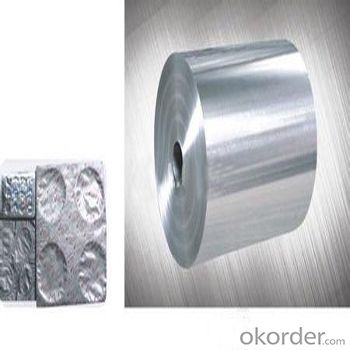Loading Port:Tianjin
Payment Terms:TT OR LC
Min Order Qty:20 m.t.
Supply Capability:1000 m.t./month
1.Why you choose us?
Our quelity and service is best in China!
2.Specification and Application
ALUMINIUM FOIL
ALLOY:AA1***
AA3***
AA8***
TEMPER: O H14 H16 H18 H22 H24 H26
THICKNESS: 0.006MM-0.20MM
WIDTH: 200MM-1600MM
COATING: HSL/PRIMER
STANDAR: GB/T 3198-2003
LIGHT GAUGE ALUMINUM FOIL
application:cigarette package, aseptic package, pouches, sachets
alloy:1235/8011/8079
temper:O
thickness&tolerance:0.006mm-0.009mm (±6%)
width&tolerance: 200mm-1650mm (±1mm)
mehanical properties: tensile strength (U.T.S)≥40Mpa, elongation≥1%
standard: GB/T3198 / ASTM-B209 /EN 546
3.Pictures




4.FAQ
1)How about our payment term?
LC and TT and other.
2)Which country can we supply?
All around the world!
Production Flow of Hot Rolled Checkered Steel Plate:
1.The steel raw materials are first melted in an electric furnace. They are subjected to at least 12 hours of intense heat.
2.The mixture is cast into either large rectangular blooms, slabs or bar-like billets, before taking on a semisolid form.
This initial form of steel is then processed via forming operations that include hot rolling into bars, wires, plates and slabs.
3.The steel is subjected to annealing. This is a heat treatment in which the metal is first heated and then cooled under extreme, controlled conditions. The metal is thus treated for internal stresses and is duly softened and strengthened. This processing is also referred to as 'age hardening'. It requires careful monitoring of temperature and heating and cooling times. The aging temperature affects metal properties massively; while lower temperatures cause high strength and low fracture toughness (i.e., more brittle than ductile), higher temperatures result in a tougher material of lower strength (i.e., more ductile than brittle). Rapid cooling can produce a tough steel with no significant loss in strength. The heat treatment given to stainless steel depends on the type and grade of steel being produced.
4. Annealing or the heat treatment can lead to the development of a precipitate, known as scale. The scale can be removed via several methods, such as pickling, (nitric-hydrofluoric acid bath),electrocleaning(application of an electric current, using phosphoric acid and a cathode), etc.
5. Descaling of the material is introduced into the manufacturing process at different times, depending on the type of steel being produced. While the bar and wire forms have to be additionally treated with hot rolling,forging and extruding, the sheet and strip forms go through annealing after hot rolling.
6. Cutting operations in the manufacturing process are essential in obtaining the desired shape and size of the end product. Mechanical cutting involves the use of guillotine knives and high-speed steel blades for blanking (punching out the shape by shearing) and nibbling (cutting out a series of overlapping holes). It is also cut via flame cutting, a process that involves the use of a flame generated by oxygen, propane and iron powder. The plasma jet cutting method uses an ionized gas column to melt and cut the metal.
6. Manufacturing end products involve further shaping via heat-rolling, pressing, forging and extrusion. The material is then joined via welding and given the desired shape.